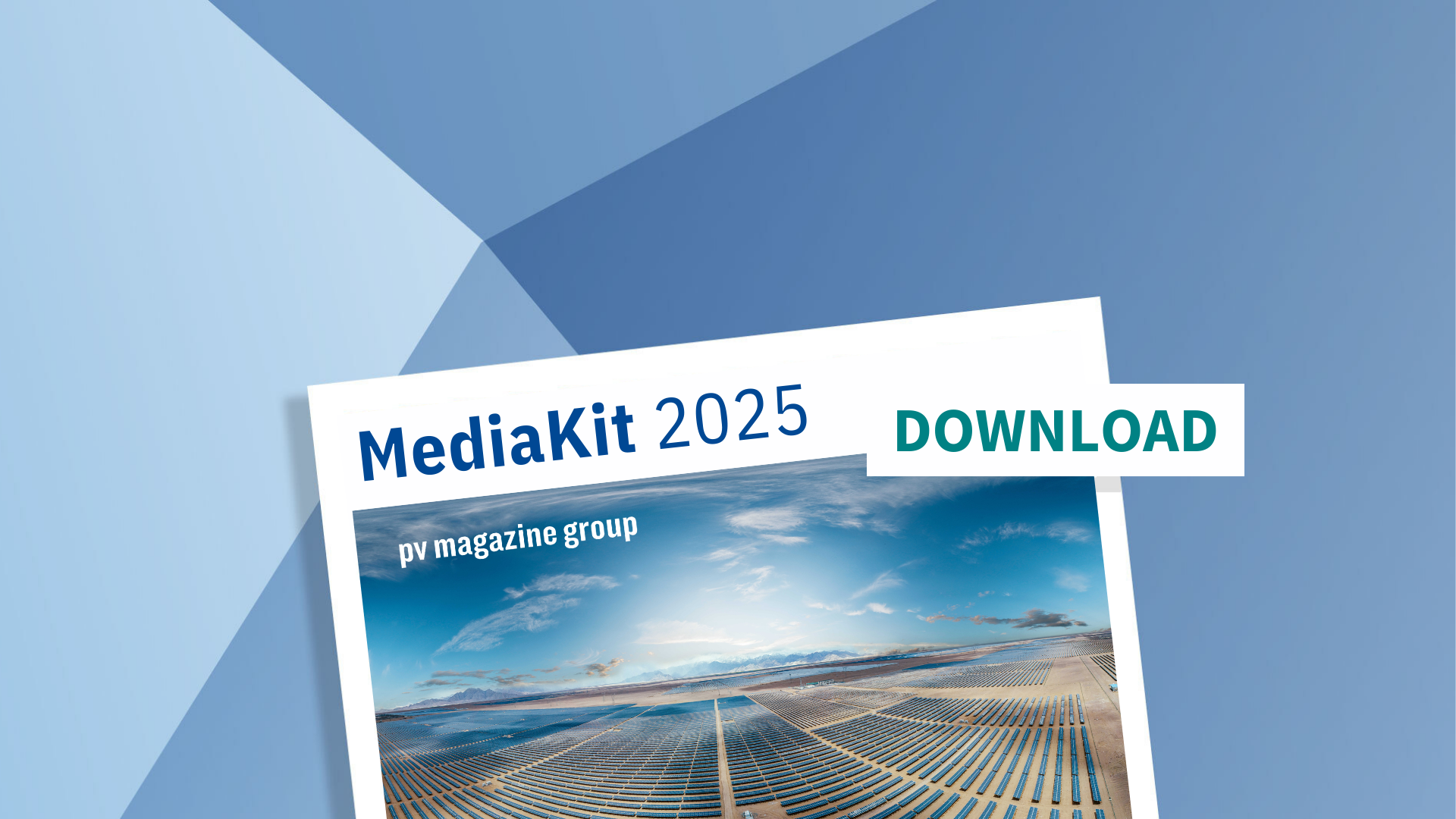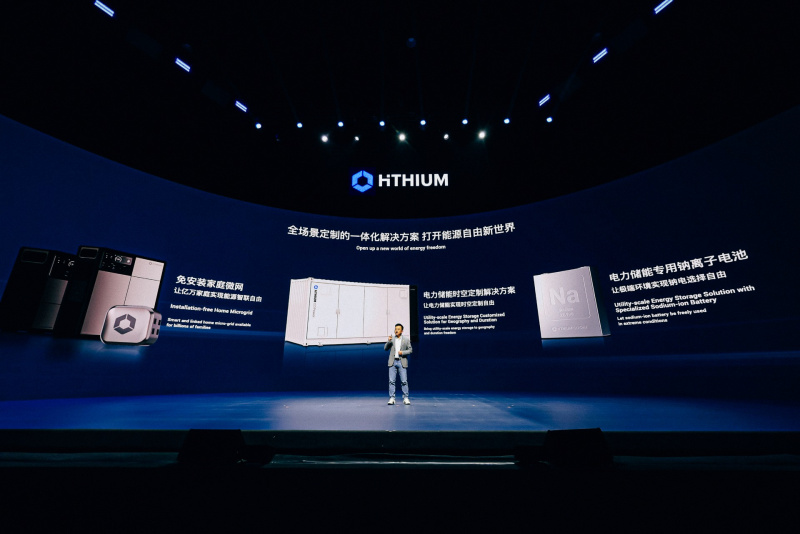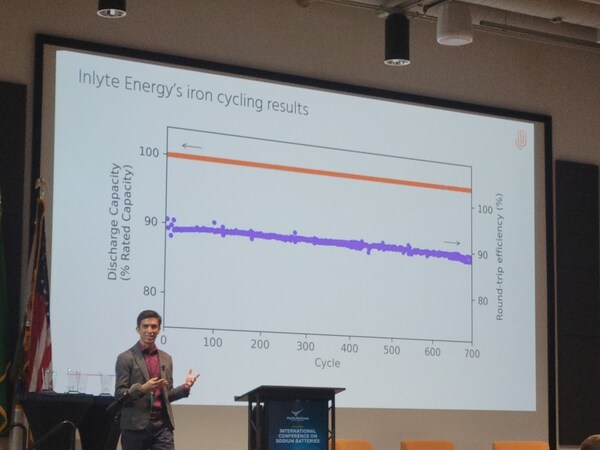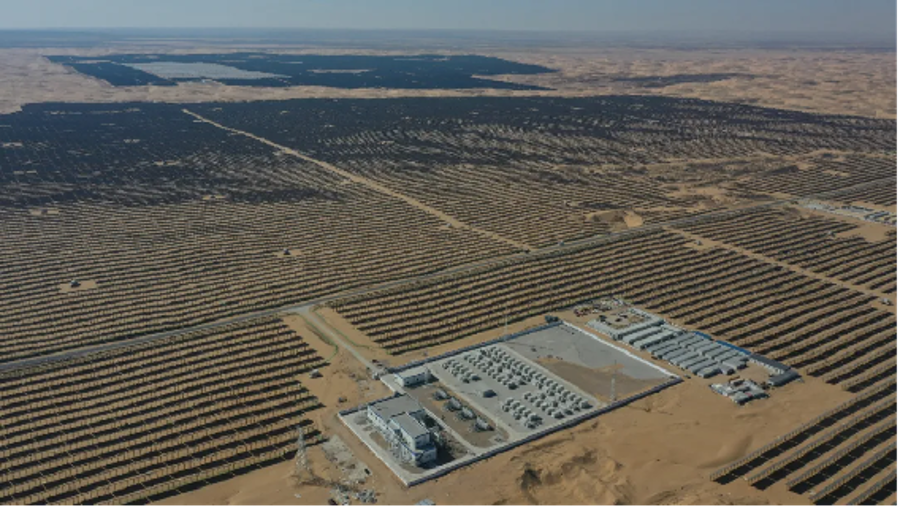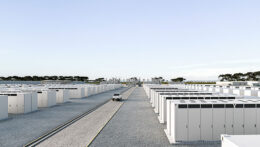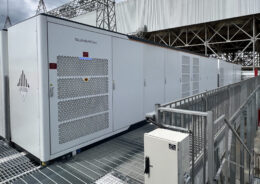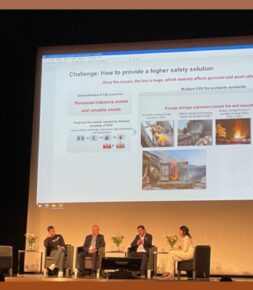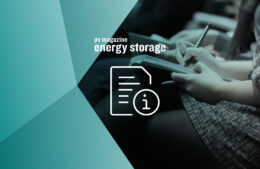Silent “Heat War” in Energy Storage Stations: Kehua S³-EStation 2.0 Liquid-Cooling BESS Builds a Safety Barrier
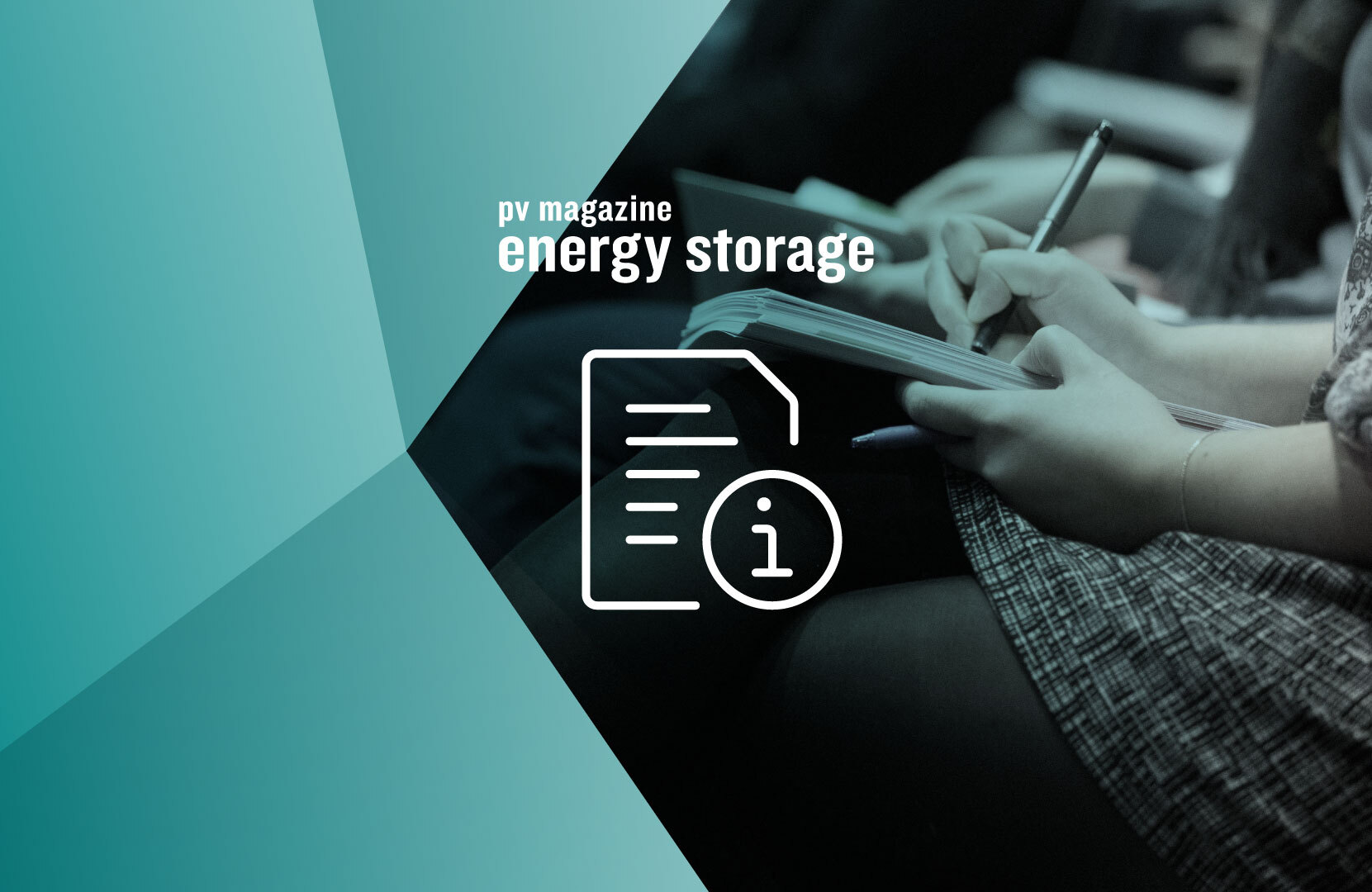
During the energy storage and release process, energy conversion losses in energy storage stations are primarily released as heat into the surrounding environment. As the scale of energy storage stations continues to expand, especially in densely concentrated layouts, the massive energy conversion process releases heat like a tide. If not promptly managed, this can create heat islands around the stations, threatening grid stability, equipment efficiency, and environmental safety.
According to a survey, in a 100MW/200MWh large-scale power station area with an ambient temperature of 43°C, conventional cooling design results in a living area temperature of 46°C, while the internal temperature of the power station can reach as high as 53.3°C.
High-temperature environments increase the risk of equipment overheating, which may lead to derating and shutdowns, disrupting grid scheduling and causing imbalances in grid load, resulting in power shortages in certain areas. Furthermore, in high-temperature conditions, the auxiliary power consumption of cooling units also increases, accelerating the internal chemical reactions of batteries, leading to faster aging of core equipment such as batteries, inverters, and transformers, ultimately reducing operational efficiency. The series of chain reactions triggered by the heat island effect casts a shadow over the future development of energy storage stations.
In response to the severe challenges posed by heat island effects, Kehua has launched the new generation S³-EStation 2.0 5MWh Smart Liquid Cooling Energy Storage System, demonstrating its forward-looking vision and profound technical expertise. This system employs an innovative design of “full liquid cooling + top exhaust,” breaking the “heat island” crisis. This innovation allows energy storage stations to remain “cool” even in high-temperature environments, significantly enhancing the flexibility and reliability of grid scheduling.
Utilizing a top exhaust design that leverages the physical principle of hot air naturally rising, it effectively reduces the internal temperature of the power station, ensuring that equipment operates at optimal working temperatures. Simulation calculations indicate that under simulated conditions of 40°C ambient temperature, a conventional cooling design for a 100MW/200MWh large power station results in an internal environment temperature of 52°C. In contrast, the Kehua S³-EStation 2.0 Smart Liquid Cooling Energy Storage System maintains an internal environment temperature not exceeding 42°C, reducing the temperature by 8-10°C compared to conventional cooling solutions.
Additionally, the perfect combination of Kehua’s liquid cooling technology and top exhaust can lower the temperature at the PCS intake by 11°C, reducing the energy consumption of the cooling system. This results in a 25% reduction in auxiliary power consumption for battery containers, achieving a win-win situation of energy saving and economic benefits. While enhancing the overall efficiency of the system, it also provides more substantial economic returns for owners. Moreover, the low-temperature working environment slows down the aging process of components, extending the lifespan of core equipment like batteries, inverters, and transformers by over 25%. This not only reduces operational and maintenance costs but also enhances the overall reliability and stability of the energy storage system, providing a solid guarantee for the safe and stable operation of the power system.
As a key part of the energy transition, the path to safe, efficient, and sustainable development for energy storage stations is long and challenging. The launch of the Kehua S³-EStation 2.0 Smart Liquid Cooling Energy Storage System not only represents a strong response to the current challenges posed by heat island effects but also actively explores the future direction of energy storage technology development.



